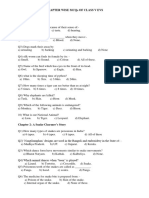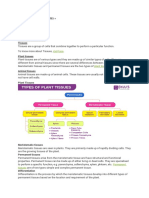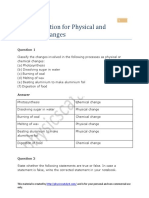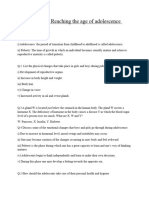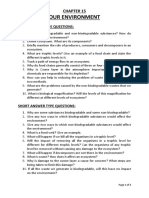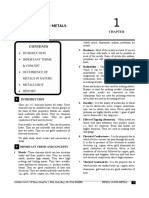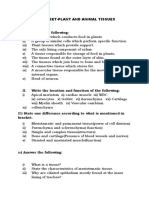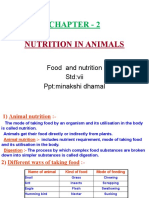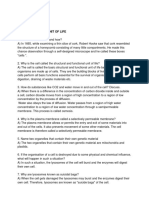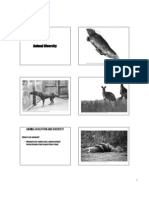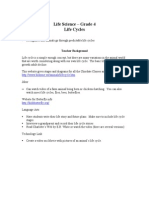0% found this document useful (0 votes)
777 views2 pagesClassification of Animals Question & Answer - Science II
It's a question most inp paper set
Uploaded by
swayamyshinde7Copyright
© © All Rights Reserved
We take content rights seriously. If you suspect this is your content, claim it here.
Available Formats
Download as PDF, TXT or read online on Scribd
0% found this document useful (0 votes)
777 views2 pagesClassification of Animals Question & Answer - Science II
It's a question most inp paper set
Uploaded by
swayamyshinde7Copyright
© © All Rights Reserved
We take content rights seriously. If you suspect this is your content, claim it here.
Available Formats
Download as PDF, TXT or read online on Scribd
/ 2




